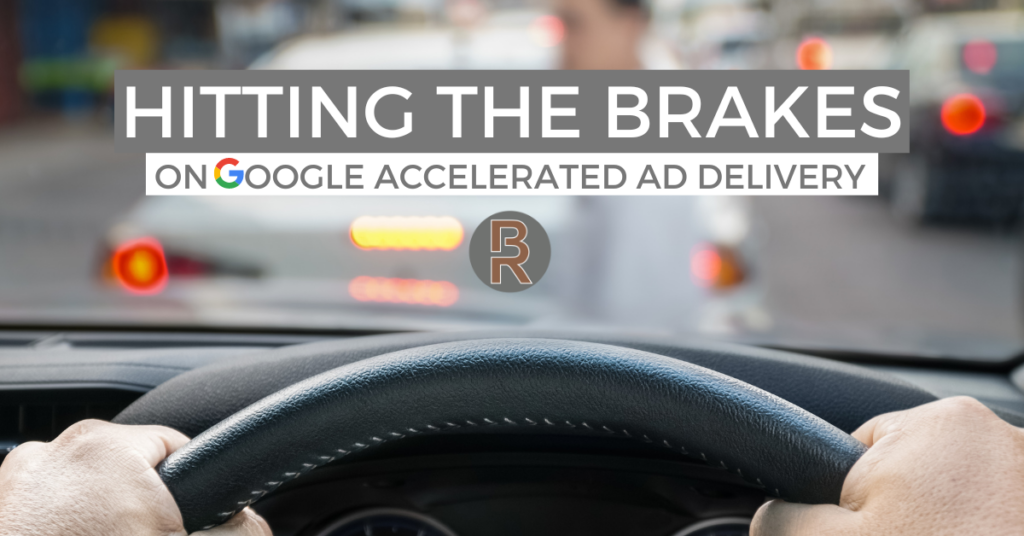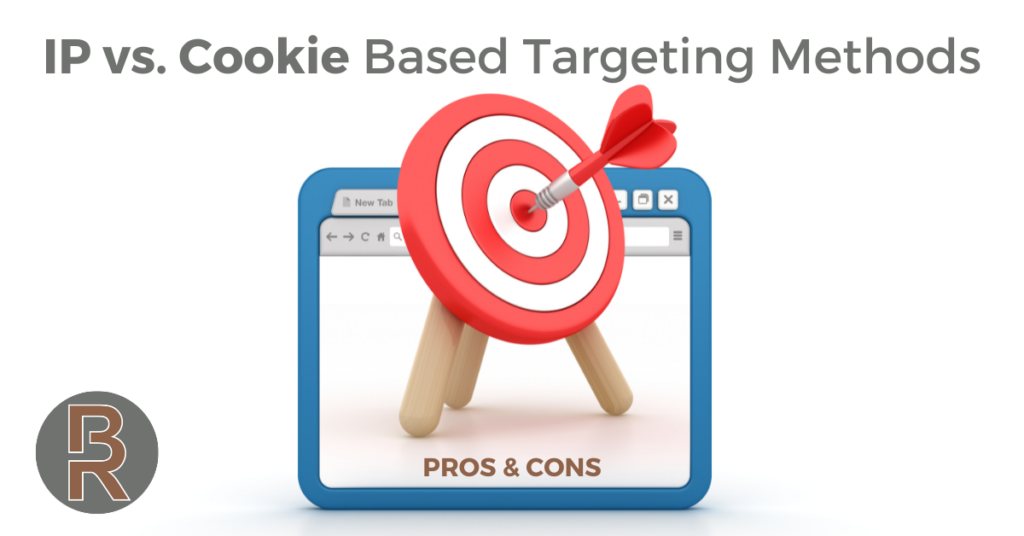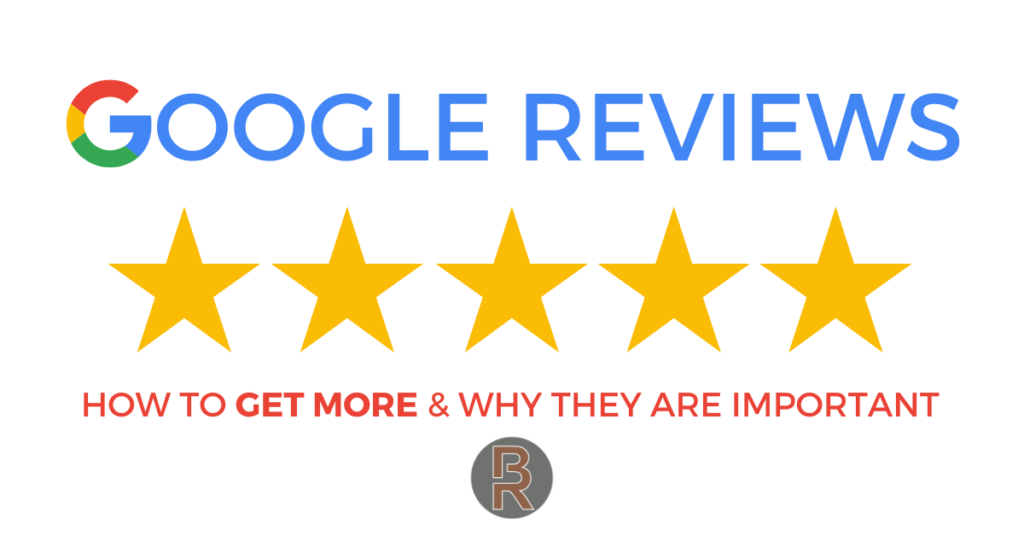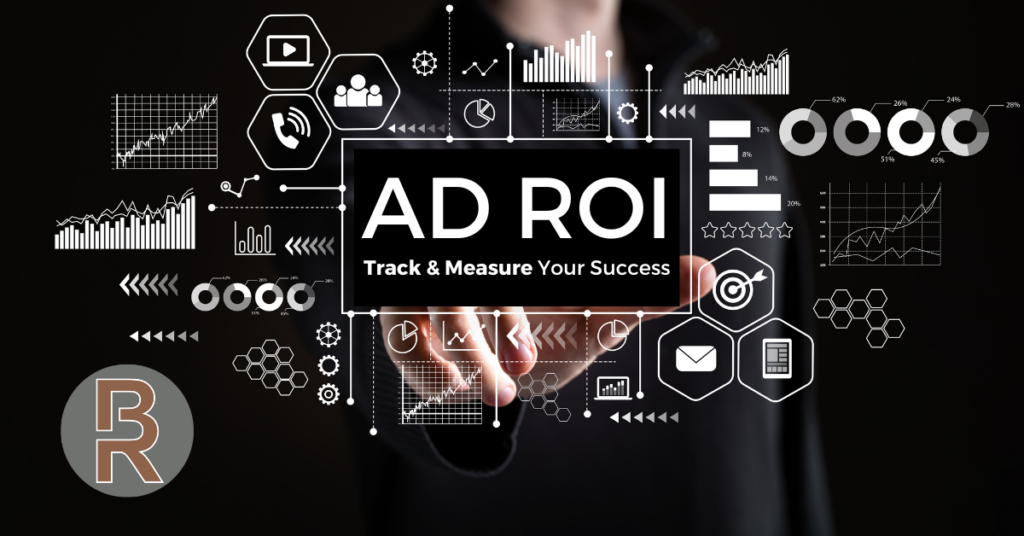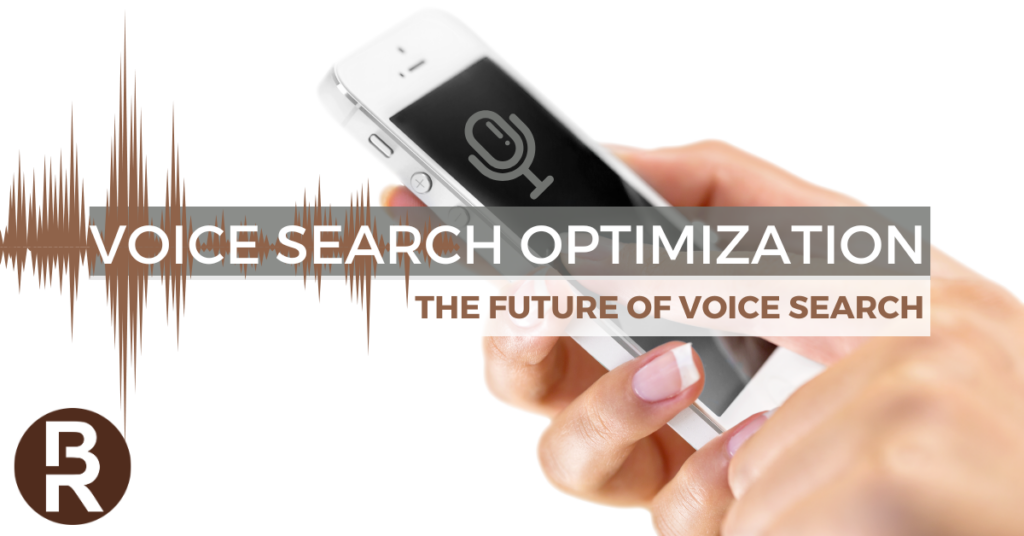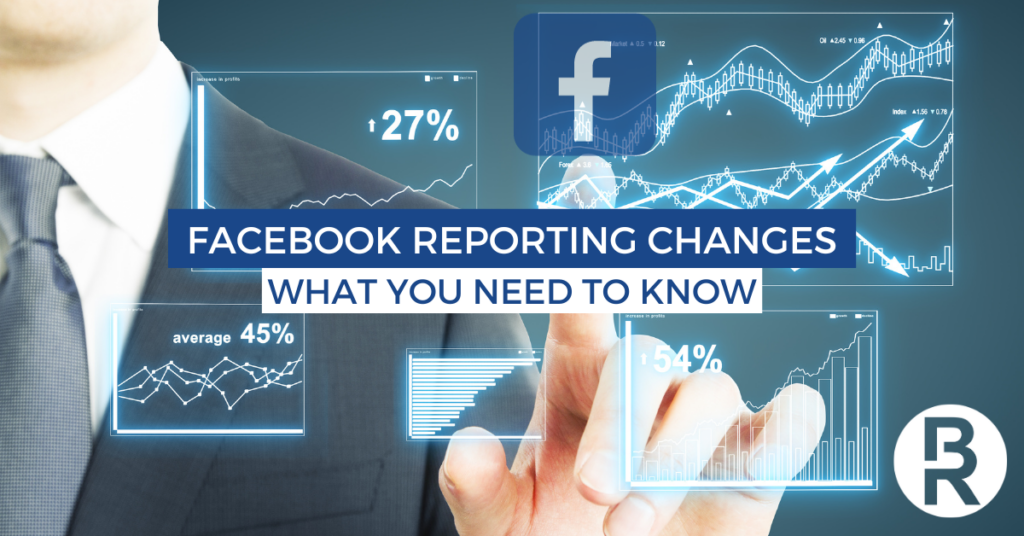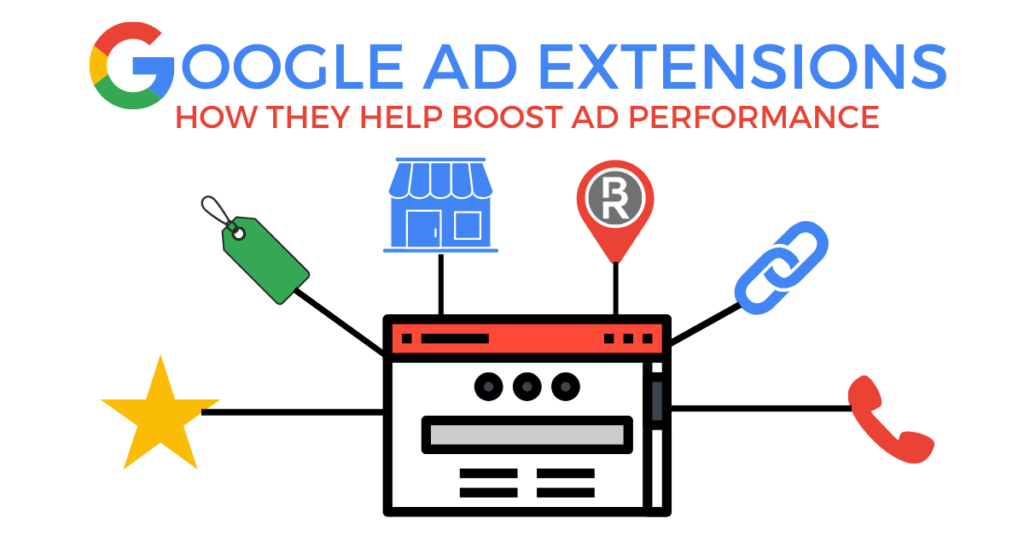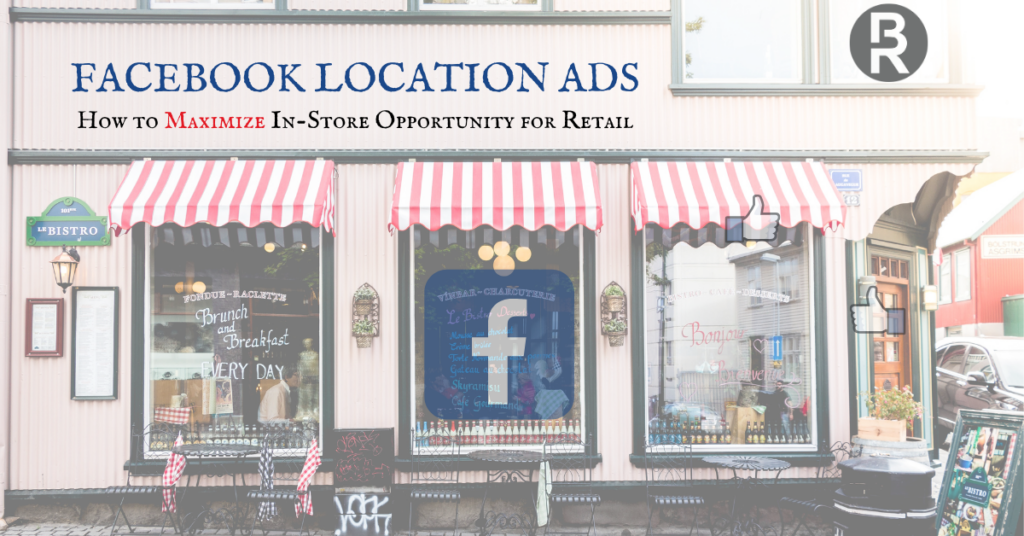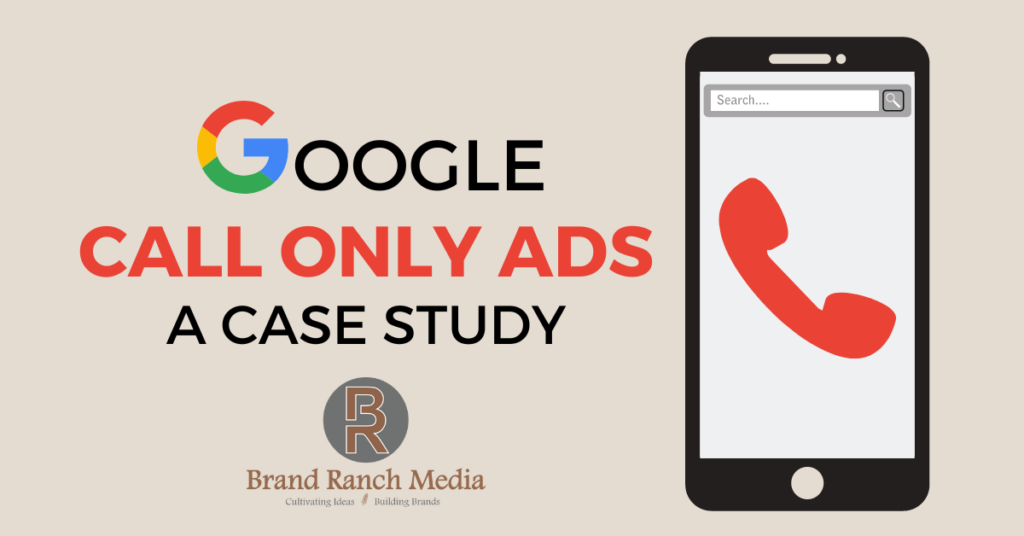Hitting the Brakes on Google Accelerated Ad Delivery
Who doesn’t want to use their marketing budget to its fullest potential? We all want to reach as many relevant consumers as possible with every ad dollar spent, right? When Google announced it was ending Accelerated Ad Delivery many people’s first thought was, “No problem. I’m using Standard Delivery. I’m not impacted.” BUT are there […]
Hitting the Brakes on Google Accelerated Ad Delivery Read More »

